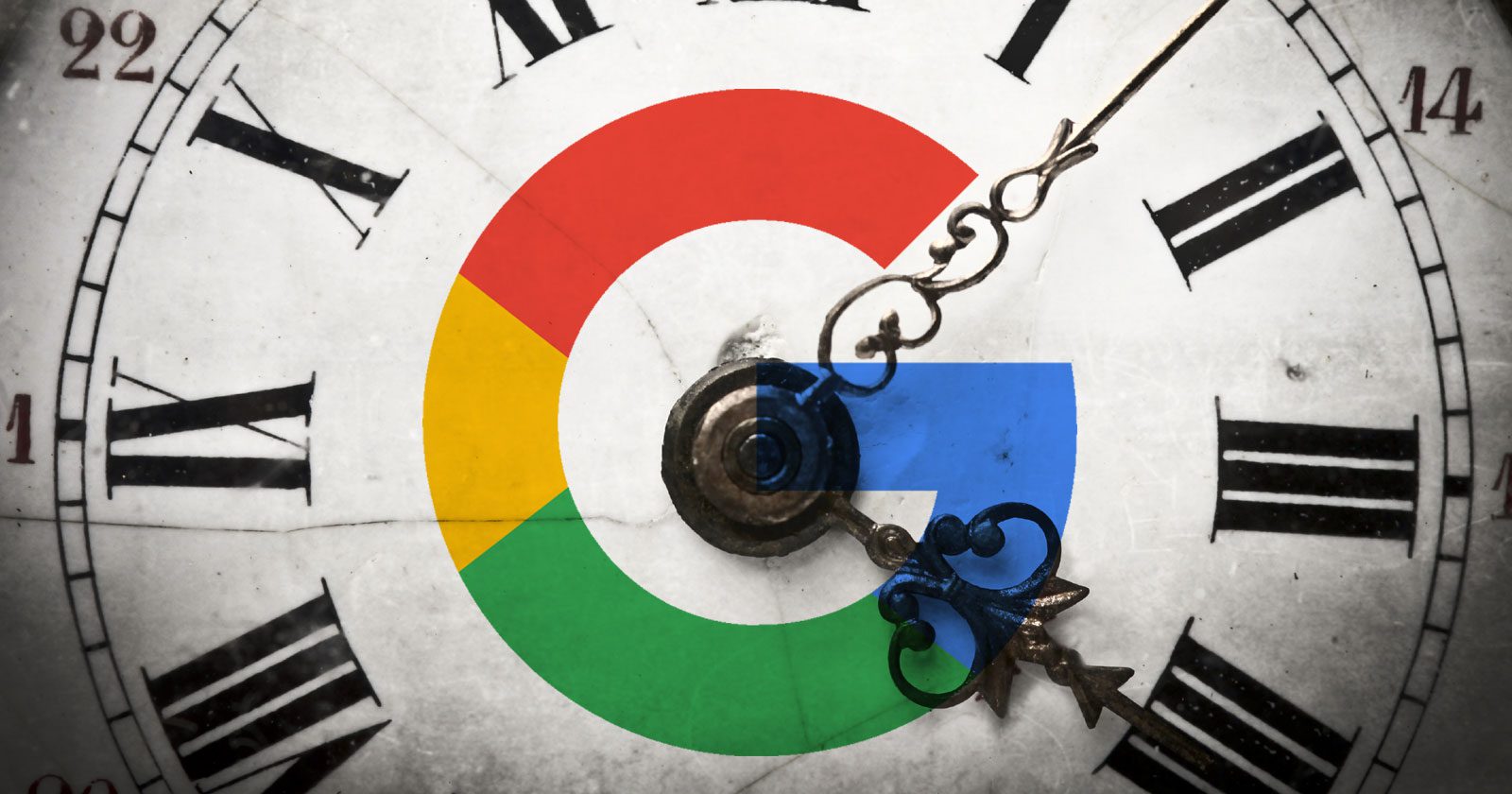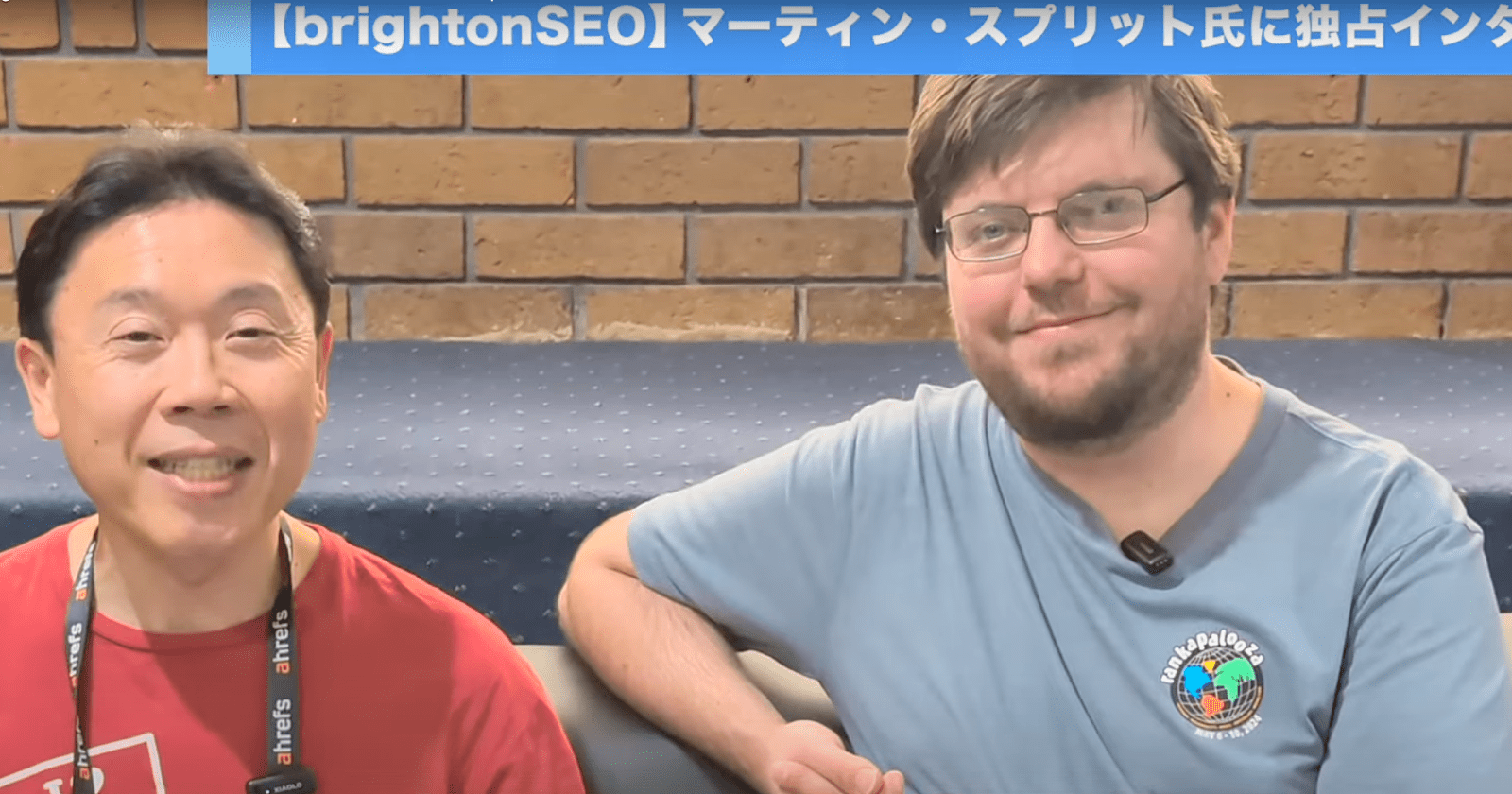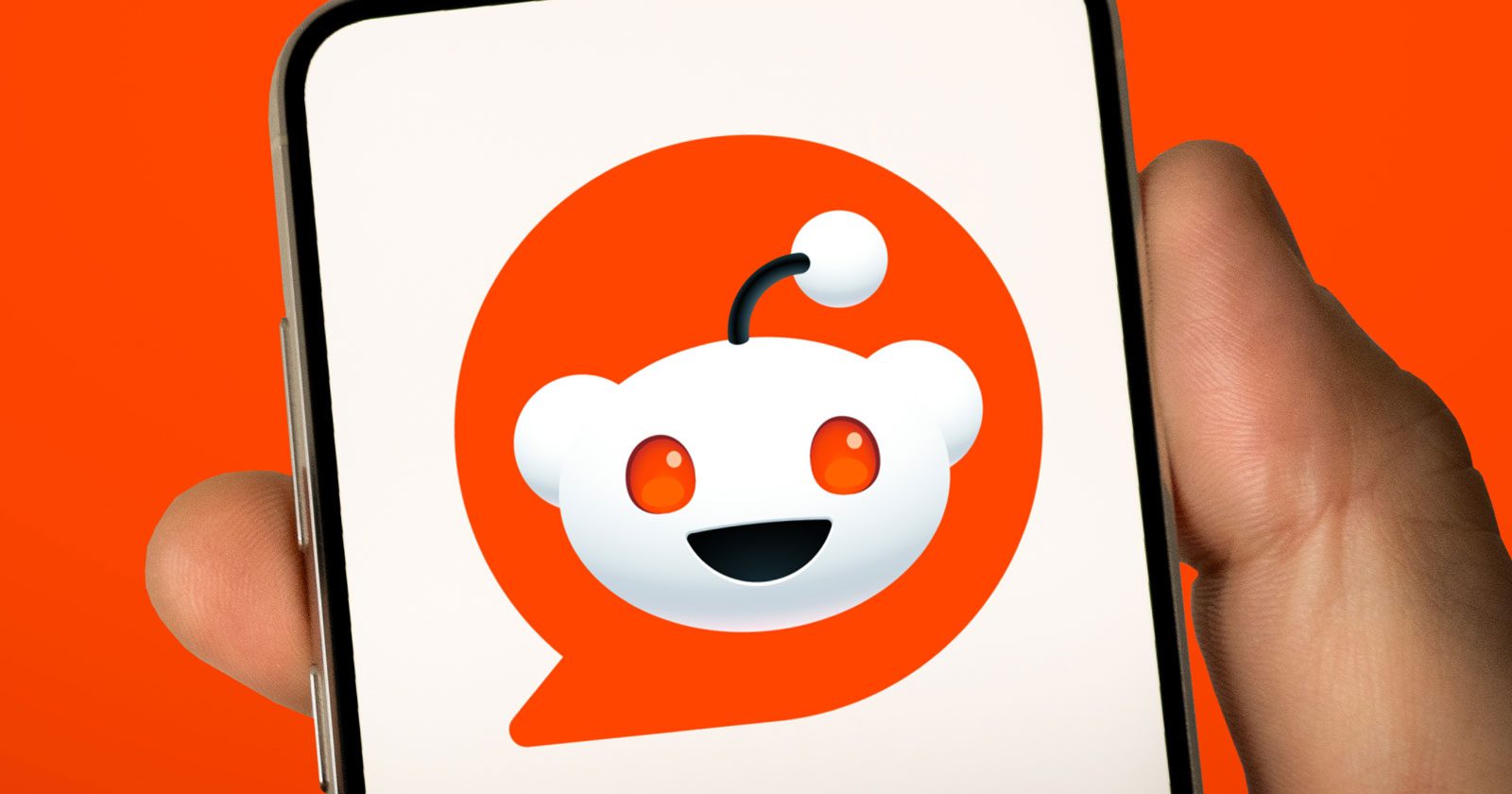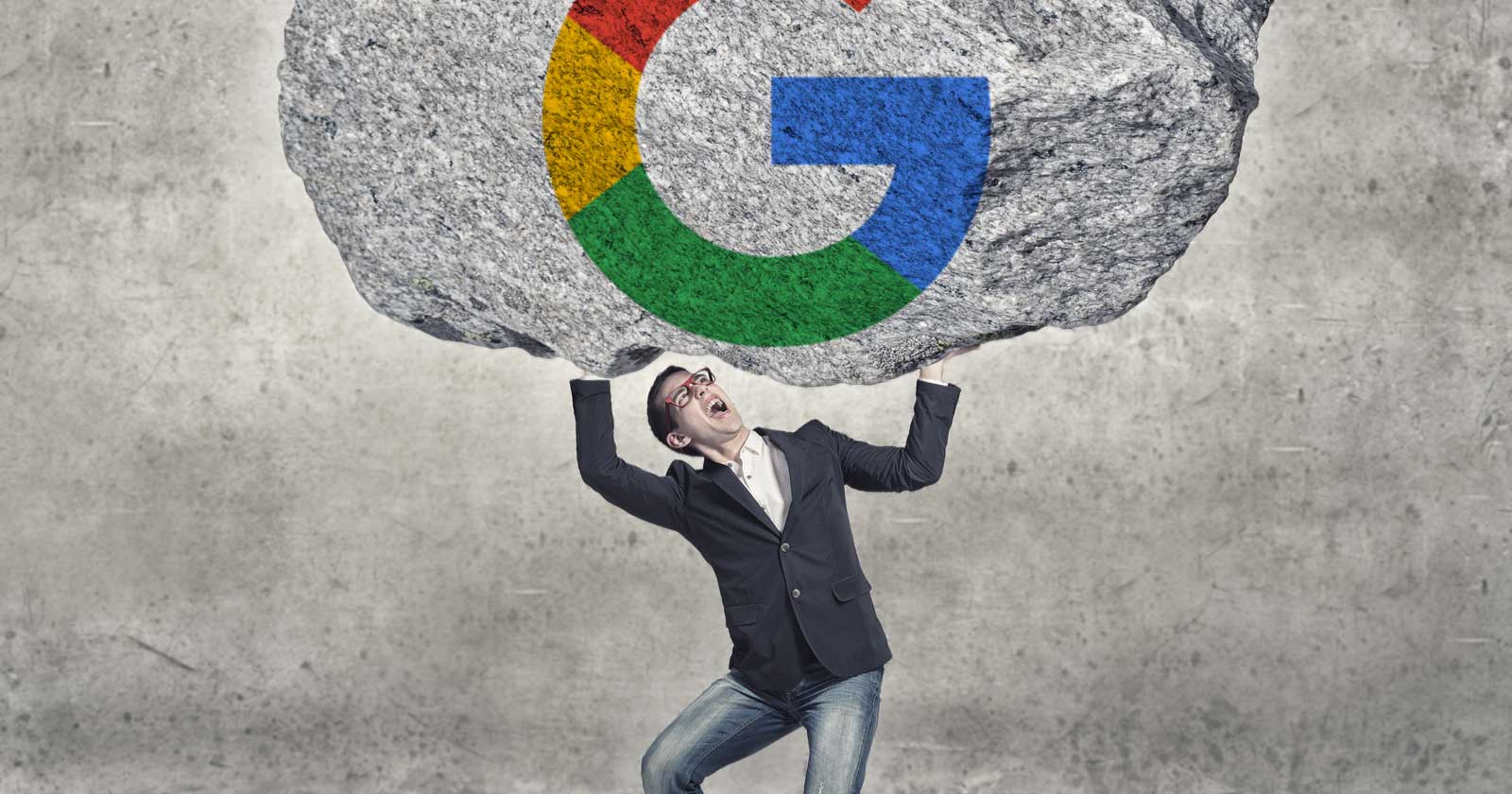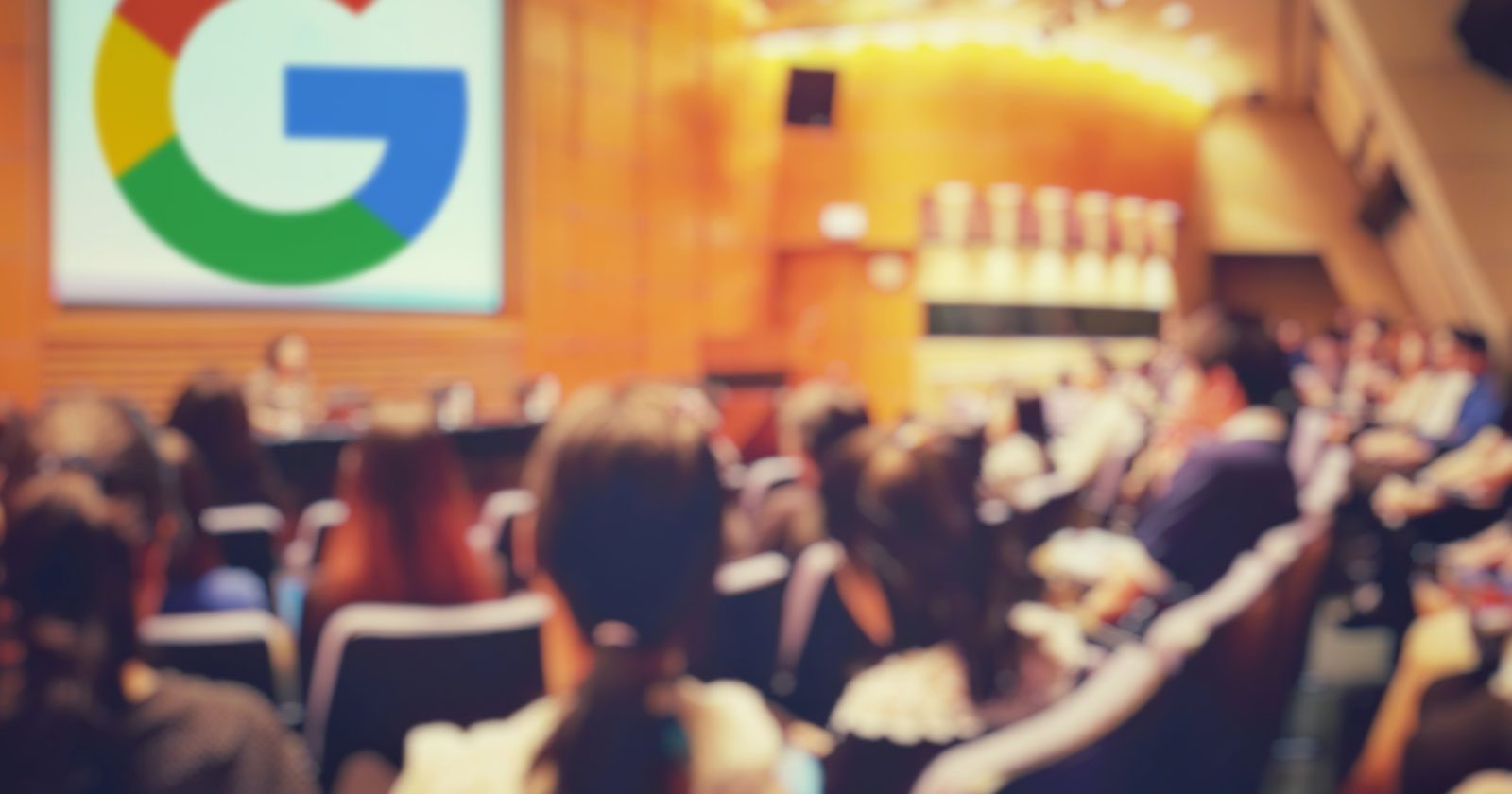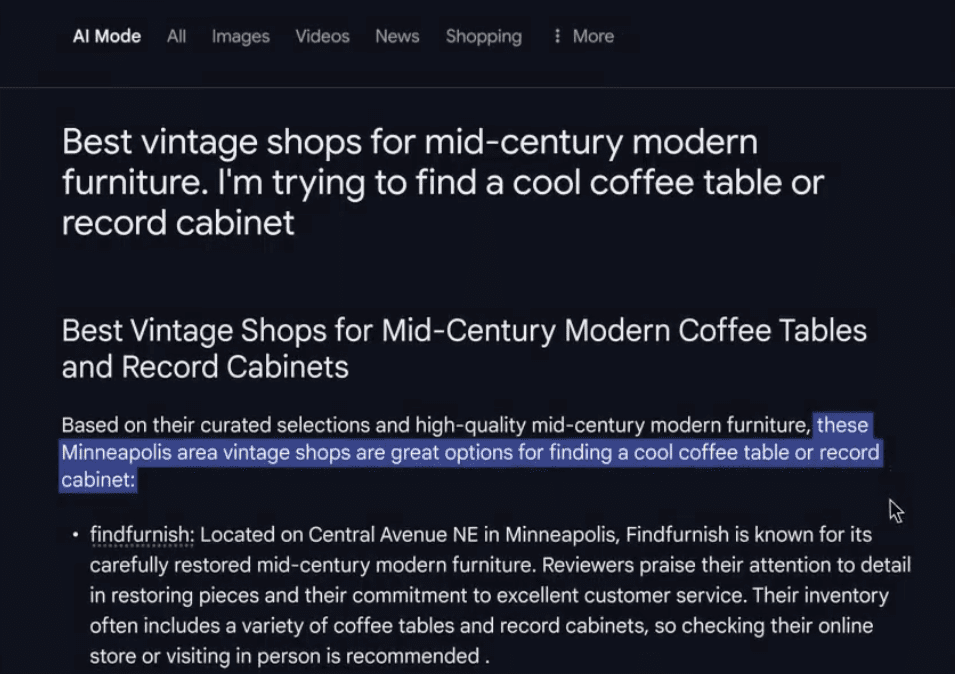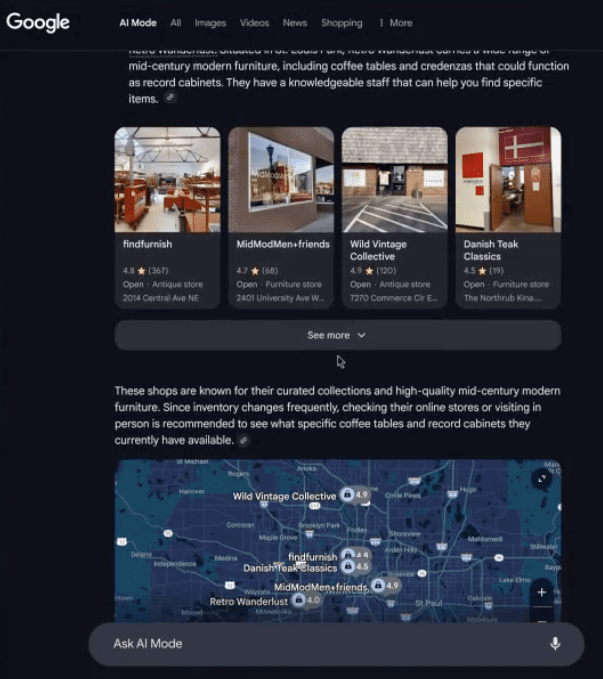The SEO Charity podcast recently discussed a different way to think about EEAT that focuses on activities that leads to external signals that Google may associate with the underlying concepts of EEAT (expertise, experience, authoritativeness, and trustworthiness). Google’s John Mueller recently said that EEAT is not something that you can add to a site and most of what was discussed on the show lines up perfectly with that reality.
The podcast, hosted by Olesia Korobka and Anton Shulke, featured Amanda Walls (LinkedIn profile), founder of Cedarwood Digital in Manchester, UK.
Aristotle And SEO
Amanda introduced the concept of applying Aristotle’s principles of ethos, pathos, and logos to SEO strategy. These principles are three ways to persuade site visitors and potential customers:
- Credibility (ethos)
- Emotional appeal (pathos)
- Logical reasoning (logos), which is used to convince an audience.
Amanda explains these concepts in more depth but those three principles form the basis for her approach to creating the circumstances that lead to positive external signals that can be correlated to concepts like expertise, experience, authoritativeness, and trustworthiness.
Why It Matters for SEO
Amanda says that SEO is ultimately about driving leads and conversions, not just rankings and I agree with that 100%. The history of SEO is littered with gurus crowing about all the traffic they gained for clients but they never talk about the part that really matters which is sales and leads.
Link building historically falls into that trap where both the client and the link builder focus on how many links are acquired each month and look to traffic as evidence of success. But really, as Amanda points out, everything that a good SEO does should be focused on increasing sales. Nothing else matters.
Amanda explained:
“SEO is more than just rankings, it’s about conversion. It’s about business return. It’s about getting that success, those leads, those sales that we need… Bringing people to a website ….means nothing if they don’t convert. …we don’t just want to bring people to the website, we want them to engage and love your brand and have a really, really good reason to go through and fulfill the conversion journey.”
Reputation Management
Amanda recommends focusing on managing the business’s reputation, such as in reviews, interviews, and what’s written online about the brand.
She cites the following statistics:
- 87% of consumers will back out of a purchase decision if they read something negative about the brand.
- 81% of consumers do extensive research before a purchase, as much as 79 days.
Amanda prescribes findability, credibility, and persuasion as the ingredients for successful search optimization:
“We’re working on SEO to help people find us, and then most importantly, we are convincing them or we’re persuading them to actually go and purchase our product…”
Monitor Off-Site Signals
Amanda recommends regularly researching your brand to uncover potential issues, to monitor the online user sentiment, and to assess media coverage because poor off-site sentiment can remove users out of the conversion funnel.
Manage On-Site Signals
Amanda also recommends using the About Us page for sharing relatable stories that users can generate actual positive feelings for the brand, using the phrase emotional appeal to describe the experience users should get from an About Us page. She says that this can be as simple as telling potential customers about the business.
User-Generated Content And Authenticity
Many of the fastest growing business on the Internet cultivate high quality user generated content. Encouraging customers to post reviews and images helps to build confidence in products.
Amanda explains:
“And then also from a pathos perspective, you know, really getting that kind of user generated content, getting people to connect… because fundamentally humans, they buy from humans and the more human and the more emotional that we can be in our sales process, the more likely that we are to get that buy-in and that connection that we need to actually get across to our audience.”
Pitching To Journalists
This last part, pitching story ideas to journalists, is something that link building companies consistently get wrong. I know because I get approached by them all the time and they consistently have the wrong approach, which is focusing too much on links and not enough on understanding my audience.
I specialized in link building back in the early days of SEO (early 2000s). I was even the moderator of the link building forum at WebmasterWorld. Although I don’t do link building anymore, I have a vast, vast amount of experience persuading publishers to give my clients a link.
My opinion is that PR to journalists should be approached strictly for brand exposure. Don’t make links the goal.
Focus instead on building positive stories with journalists and let them write those articles with or without adding a link, let them decide. What will happen is that the consumers will go out and type your business’s name into Google and that’s a strong, strong signal. I prefer thousands of consumers typing my website’s name on Google over a handful of links, every time, all day long.
I strongly agree with what Amanda says about understanding a journalist’s audience:
“92% of journalists say that understanding their audience is crucial for them to consider a story pitch.”
Understanding the audience is super important. I’ll go even deeper and recommend understanding what motivates the audience. Focus on the reasons why a journalist’s readers will click an article title that’s displayed on Google News. Once you understand that part, I can practically guarantee that PR outreach approval rates will skyrocket.
Takeaway
The SEO Charity podcast episode featuring Amanda Walls introduces a novel way to build signals associated with Google’s EEAT (expertise, experience, authoritativeness, trustworthiness) by focusing on credibility, emotion, and logic in content strategy. Walls emphasizes using Aristotle’s persuasive principles to influence reputation, brand perception, and conversion, encouraging SEO strategies focused on meaningful business outcomes like leads and sales, with better search visibility that supports those ends.
Watch the SEO Charity episode on EEAT:
Reimagining E-E-A-T with Amanda Walls
Featured Image by Shutterstock/Ollyy
